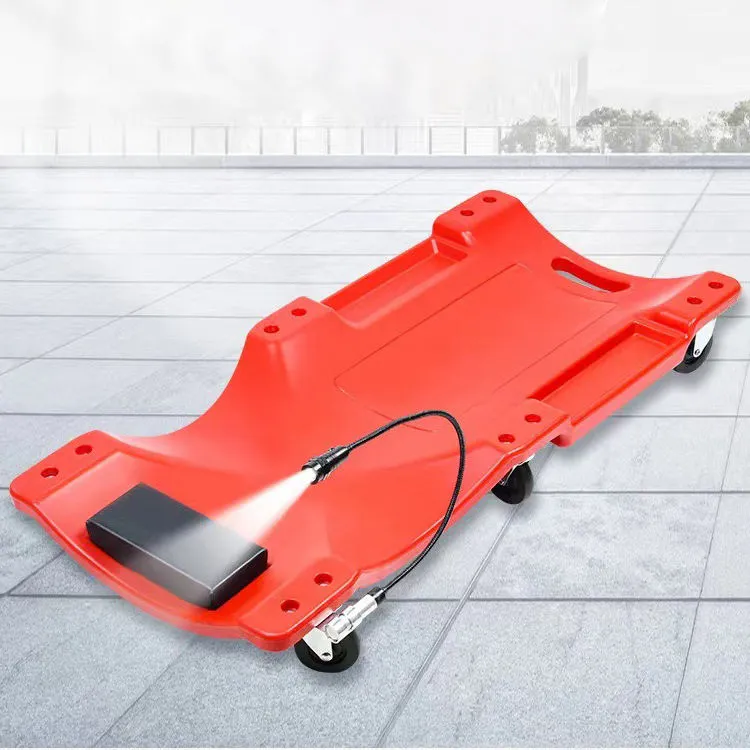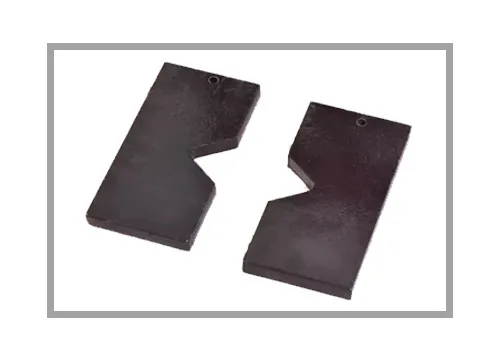2 月 . 07, 2025 03:53
Back To List
3 ton car jack stands
Navigating the landscape of vehicle maintenance essential tools can be both gratifying and challenging for automotive enthusiasts and professionals alike. Among these tools, car ramps and axle stands play a pivotal role, ensuring safety and efficiency when working underneath a vehicle.
From a professional standpoint, purchasing axle stands comes with the necessity of understanding load ratings and construction materials. High-grade steel or aluminum stands typically offer superior durability and can support heavier vehicles. Additionally, having adjustable stands provides versatility, allowing mechanics to work on various vehicle heights with precision and confidence. The authority of seasoned mechanics often emphasizes the tandem use of both car ramps and axle stands in numerous scenarios. When performing intensive repairs that demand both undercarriage and wheel access, first elevating the vehicle using ramps can simplify the subsequent jacking process for axle stand placement. This holistic approach not only saves time but also enhances the overall stability of the vehicle during extensive repairs. Trust in the safety of these tools grows with adherence to universal safety standards and the consistent practice of double-checking all setup procedures before initiating any under-vehicle work. A commitment to safety protocols reinforces their reliability, as even the most robust tools can become hazardous if improperly utilized. In conclusion, the selection and use of car ramps and axle stands are grounded in a blend of personal experience and professional expertise. Each provides unique advantages depending on the maintenance task at hand, and their proper use is instrumental in ensuring a safe and efficient vehicle repair experience. For automotive professionals and enthusiasts, developing a deep understanding of these tools enhances not only the quality of their work but also cultivates a culture of trust and authority in their practice.


From a professional standpoint, purchasing axle stands comes with the necessity of understanding load ratings and construction materials. High-grade steel or aluminum stands typically offer superior durability and can support heavier vehicles. Additionally, having adjustable stands provides versatility, allowing mechanics to work on various vehicle heights with precision and confidence. The authority of seasoned mechanics often emphasizes the tandem use of both car ramps and axle stands in numerous scenarios. When performing intensive repairs that demand both undercarriage and wheel access, first elevating the vehicle using ramps can simplify the subsequent jacking process for axle stand placement. This holistic approach not only saves time but also enhances the overall stability of the vehicle during extensive repairs. Trust in the safety of these tools grows with adherence to universal safety standards and the consistent practice of double-checking all setup procedures before initiating any under-vehicle work. A commitment to safety protocols reinforces their reliability, as even the most robust tools can become hazardous if improperly utilized. In conclusion, the selection and use of car ramps and axle stands are grounded in a blend of personal experience and professional expertise. Each provides unique advantages depending on the maintenance task at hand, and their proper use is instrumental in ensuring a safe and efficient vehicle repair experience. For automotive professionals and enthusiasts, developing a deep understanding of these tools enhances not only the quality of their work but also cultivates a culture of trust and authority in their practice.
Next:
Products categories
Latest News
-
Unlock the Power of the Spring Compressor for Your Projects
NewsApr.01,2025 -
Unlock the Power of Safe and Efficient Compression with the Spring Compressor
NewsApr.01,2025 -
Unlock Maximum Efficiency with the Spring Compressor
NewsApr.01,2025 -
Maximize Efficiency and Safety with the Spring Compressor
NewsApr.01,2025 -
Discover the Efficiency of the 2 Ton Foldable Shop Crane: A Must-Have for Auto Repair and More
NewsApr.01,2025 -
Discover the Best Spring Compressor for Your Needs
NewsApr.01,2025 -
Unlock the Full Potential of Your Workspace with the Tools Trolley
NewsMar.21,2025















